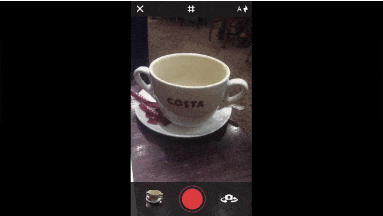我们在 UINavigationController 中有两个视图控制器。
MainViewController 是根视图控制器。class MainViewController: UIViewController {
lazy var button: UIButton = {
let button = UIButton()
button.setTitle("Detail", for: .normal)
return button
}()
override func viewDidLoad() {
super.viewDidLoad()
navigationItem.title = "Main"
view.backgroundColor = .blue
view.addSubview(button)
button.translatesAutoresizingMaskIntoConstraints = false
button.centerXAnchor.constraint(equalTo: view.centerXAnchor).isActive = true
button.centerYAnchor.constraint(equalTo: view.centerYAnchor).isActive = true
button.widthAnchor.constraint(equalToConstant: 150).isActive = true
button.heightAnchor.constraint(equalToConstant: 42).isActive = true
button.addTarget(self, action: #selector(buttonTapped(_:)), for: .touchUpInside)
}
@objc func buttonTapped(_ sender: UIButton) {
navigationController?.pushViewController(DetailViewController(), animated: true)
}
}
还有被推出的DetailViewController。
class DetailViewController: UIViewController {
override func viewDidLoad() {
super.viewDidLoad()
view.backgroundColor = .white
}
override func viewWillAppear(_ animated: Bool) {
super.viewWillAppear(animated)
navigationController?.setNavigationBarHidden(true, animated: animated)
}
override func viewWillDisappear(_ animated: Bool) {
super.viewWillDisappear(animated)
navigationController?.setNavigationBarHidden(false, animated: animated)
}
}
如您所见,我想在
DetailViewController中隐藏UINavigationBar:
问题
问题在于,UINavigationBar会滑动而不是与整个MainViewController一起保持在原位。如何改变这种行为并保持pop手势?


navigationController管理。 - MannopsonviewDidAppear中隐藏它...这样应该会给你动画效果,但是它将会在新视图滑入到位之后才出现。 - DonMag